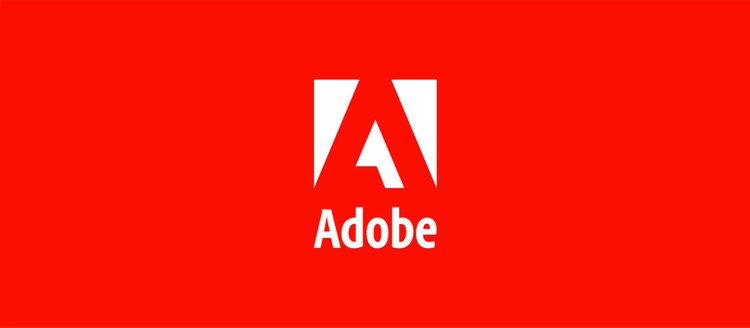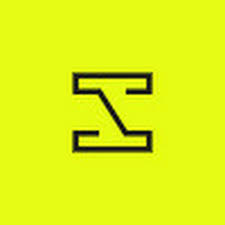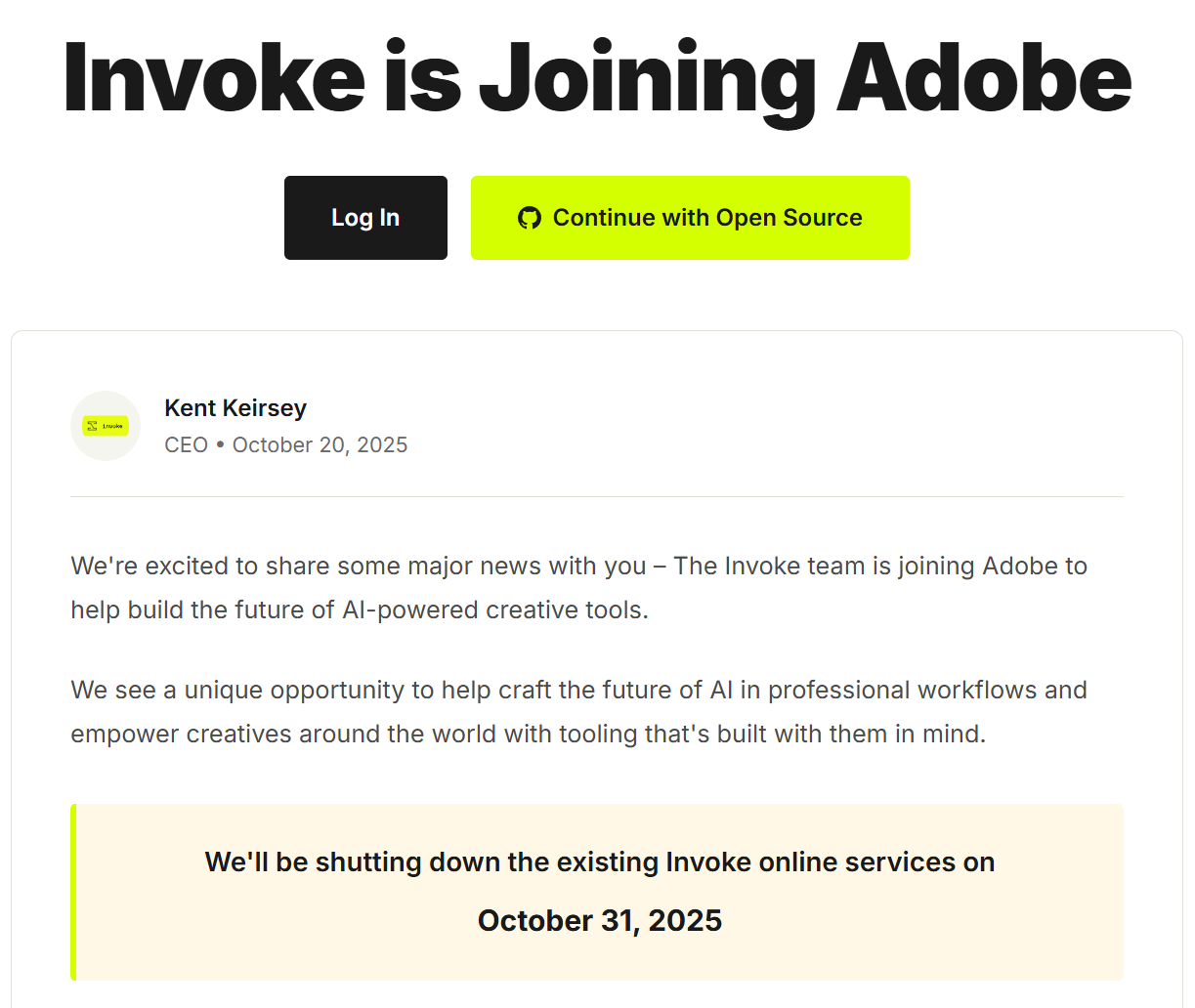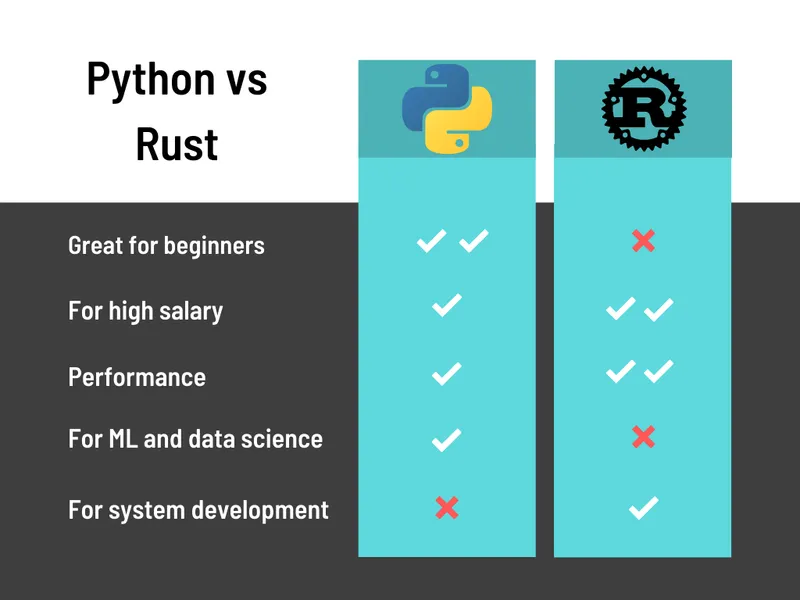BREAKING NEWS
LATEST POSTS
-
Insta360-Research-Team DiT360 – High-Fidelity Panoramic Image Generation via Hybrid Training
https://github.com/Insta360-Research-Team/DiT360
DiT360 is a framework for high-quality panoramic image generation, leveraging both perspective and panoramic data in a hybrid training scheme. It adopts a two-level strategy—image-level cross-domain guidance and token-level hybrid supervision—to enhance perceptual realism and geometric fidelity.

-
Warner Bros. Discovery puts itself up for sale, citing interest from ‘multiple’ suitors
https://www.cnn.com/2025/10/21/media/warner-bros-wbd-sale-paramount-skydance-suitors
Warner Bros. Discovery, the parent of CNN, is contemplating a sale. … …

Financial and stock performance
- Market Valuation: As of late October 2025, the market cap is approximately $45.36 to $50.37 billion.
- Profitability: The company has a low net margin of around 2% and a low operating margin of 2.5%, indicating profitability challenges.
- Valuation Ratios: The P/E ratio is high at around 61.07, while the P/S ratio is 1.18 and P/B ratio is 1.26, which are near historical highs.
- Growth: The 3-year revenue growth rate is negative at -4.4%, and the company’s Altman Z-Score is in the distress zone at 0.76.
Analyst ratings and market sentiment
- Consensus Rating: The average rating is a “Hold,” based on analyst coverage.
- Analyst Breakdown: Out of 24 analysts, 16 have a “Hold,” 7 have a “Buy,” and 1 has a “Strong Buy” rating.
- Stock Performance: The stock price has surged more than 46% since early September 2025, following reports of interest from other companies.
Strategic review and future outlook
- Strategic Review: The company is exploring “strategic alternatives,” including a potential sale, which has led to interest from potential buyers like Paramount.
- Asset Value: The interest in Warner Bros. Discovery underscores the value of its diverse portfolio, which includes its film and TV studios, HBO Max, and cable networks.
- Separation Plan: A plan to separate the company into a streaming/studios entity and a cable counterpart is still being considered.
- No Guarantee: A sale is not guaranteed and the company has not provided a specific timeline for the review process.
-
Adobe buys InvokeAI and launches Adobe AI Foundry
https://mlq.ai/news/adobe-stock-rises-following-launch-of-adobe-ai-foundry/
https://theaieconomy.substack.com/p/adobe-ai-foundry-invoke-acquisition
Adobe is announcing the acquisition of Invoke, a generative media solution for creative production. The startup’s team will join the AI Foundry to build out AI-powered creative workflows for businesses.
“AI Foundry unites years of Adobe innovation and expertise, spanning our generative AI models and modalities, to help businesses solve today’s most complex content and media production challenges,” Hannah Elsakr, Adobe’s vice president for GenAI new business ventures, says in a release.




-
DeepBeepMeep – AI solutions specifically optimized for low spec GPUs
https://huggingface.co/DeepBeepMeep
https://github.com/deepbeepmeep
Wan2GP – A fast AI Video Generator for the GPU Poor. Supports Wan 2.1/2.2, Qwen Image, Hunyuan Video, LTX Video and Flux.
mmgp – Memory Management for the GPU Poor, run the latest open source frontier models on consumer Nvidia GPUs.
YuEGP – Open full-song generation foundation that transforms lyrics into complete songs.
HunyuanVideoGP – Large video generation model optimized for low-VRAM GPUs.
FluxFillGP – Flux-based inpainting and outpainting tool for low-VRAM GPUs.
Cosmos1GP – Text-to-world and image/video-to-world generator for the GPU Poor.
Hunyuan3D-2GP – GPU-friendly version of Hunyuan3D-2 for 3D content generation.
OminiControlGP – Lightweight version of OminiControl enabling 3D, pose, and control tasks with FLUX.
SageAttention – Quantized attention achieving 2.1–3.1× and 2.7–5.1× speedups over FlashAttention2 and xformers without losing end-to-end accuracy.
insightface – State-of-the-art 2D and 3D face analysis project for recognition, detection, and alignment.
FEATURED POSTS
-
What’s the Difference Between Ray Casting, Ray Tracing, Path Tracing and Rasterization? Physical light tracing…
RASTERIZATION
Rasterisation (or rasterization) is the task of taking the information described in a vector graphics format OR the vertices of triangles making 3D shapes and converting them into a raster image (a series of pixels, dots or lines, which, when displayed together, create the image which was represented via shapes), or in other words “rasterizing” vectors or 3D models onto a 2D plane for display on a computer screen.For each triangle of a 3D shape, you project the corners of the triangle on the virtual screen with some math (projective geometry). Then you have the position of the 3 corners of the triangle on the pixel screen. Those 3 points have texture coordinates, so you know where in the texture are the 3 corners. The cost is proportional to the number of triangles, and is only a little bit affected by the screen resolution.
In computer graphics, a raster graphics or bitmap image is a dot matrix data structure that represents a generally rectangular grid of pixels (points of color), viewable via a monitor, paper, or other display medium.
With rasterization, objects on the screen are created from a mesh of virtual triangles, or polygons, that create 3D models of objects. A lot of information is associated with each vertex, including its position in space, as well as information about color, texture and its “normal,” which is used to determine the way the surface of an object is facing.
Computers then convert the triangles of the 3D models into pixels, or dots, on a 2D screen. Each pixel can be assigned an initial color value from the data stored in the triangle vertices.
Further pixel processing or “shading,” including changing pixel color based on how lights in the scene hit the pixel, and applying one or more textures to the pixel, combine to generate the final color applied to a pixel.
The main advantage of rasterization is its speed. However, rasterization is simply the process of computing the mapping from scene geometry to pixels and does not prescribe a particular way to compute the color of those pixels. So it cannot take shading, especially the physical light, into account and it cannot promise to get a photorealistic output. That’s a big limitation of rasterization.
There are also multiple problems:
If you have two triangles one is behind the other, you will draw twice all the pixels. you only keep the pixel from the triangle that is closer to you (Z-buffer), but you still do the work twice.
The borders of your triangles are jagged as it is hard to know if a pixel is in the triangle or out. You can do some smoothing on those, that is anti-aliasing.
You have to handle every triangles (including the ones behind you) and then see that they do not touch the screen at all. (we have techniques to mitigate this where we only look at triangles that are in the field of view)
Transparency is hard to handle (you can’t just do an average of the color of overlapping transparent triangles, you have to do it in the right order)
-
Zibra.AI – Real-Time Volumetric Effects in Virtual Production. Now free for Indies!

A New Era for Volumetrics
For a long time, volumetric visual effects were viable only in high-end offline VFX workflows. Large data footprints and poor real-time rendering performance limited their use: most teams simply avoided volumetrics altogether. It’s similar to the early days of online video: limited computational power and low network bandwidth made video content hard to share or stream. Today, of course, we can’t imagine the internet without it, and we believe volumetrics are on a similar path.
With advanced data compression and real-time, GPU-driven decompression, anyone can now bring CGI-class visual effects into Unreal Engine.
From now on, it’s completely free for individual creators!
What it means for you?
(more…)
-
Paul Debevec, Chloe LeGendre, Lukas Lepicovsky – Jointly Optimizing Color Rendition and In-Camera Backgrounds in an RGB Virtual Production Stage
https://arxiv.org/pdf/2205.12403.pdf
RGB LEDs vs RGBWP (RGB + lime + phospor converted amber) LEDs
Local copy:







